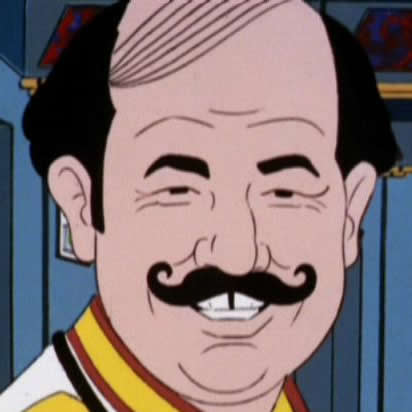- cross-posted to:
- math@mander.xyz
- cross-posted to:
- math@mander.xyz
Given a central sphere, how many identical spheres can be arranged so that they touch it without overlapping?
In three dimensions, it’s trivial to position 12 spheres around a central one so that each touches it at a single point. But this arrangement leaves gaps between the spheres. Could you squeeze a 13th into that leftover space?
The “kissing” problem, as it came to be called — a reference to when billiard balls strike, or kiss — has proved relevant for analyzing atomic structures, constructing error-correcting codes, and more.
She started by looking at dimension 16. There, the best kissing arrangement came from the “Barnes-Wall lattice,” which had been discovered in the 1950s using an elegant error-correcting code.
The way these points are defined leads to a quirk: In the Barnes-Wall lattice (and all higher-dimensional slices of the Leech lattice), the most common type of point, or sphere center, always has an even number of minus signs in its coordinates.
But, Li thought, what if she used an odd number of signs in those points instead?
When she built her “odd” version of the Barnes-Wall lattice in dimension 16, it yielded no space for extra spheres, though it didn’t make anything worse either. But when she glued copies of it together into layers to make a 17-dimensional structure, there were clearly gaps where new points could be added — holes where, when she calculated the distance to existing spheres in the structure, it was clear that new spheres could fit.
what if our error-correcting sphere packings kissed in dimension 17
![]()
![]()


